Scones
This post may contain affiliate links. Read my full disclosure policy.
Say goodbye to dry, crumbly scones—a secret ingredient makes these light, tender and buttery!
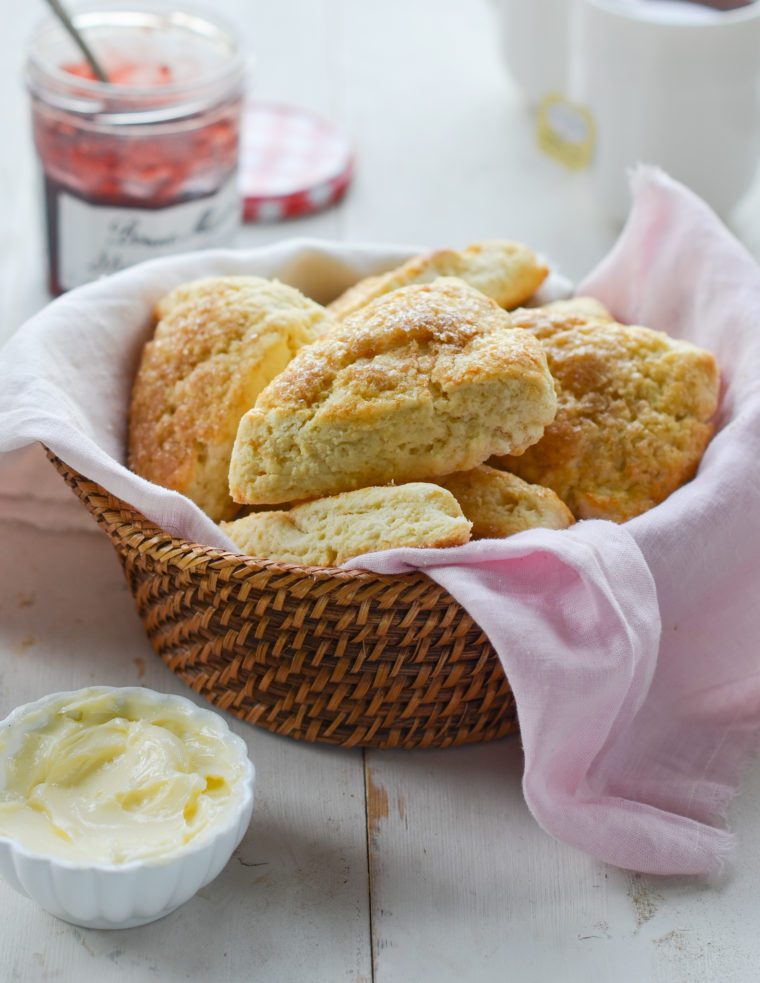
Similar to American biscuits, scones are a British teatime staple, often enjoyed with butter, jam, or clotted cream. They’re a favorite in American bakeries too, where they are often sweeter and dressed up with various mix-ins and frostings. However, all too often, instead of a buttery, flaky treat, scones are dry, leaving us with a lap full of crumbs and searching for the nearest cup of coffee! If that’s been your experience, I promise these light, tender, buttery scones will change your mind!
The secret is using cake flour instead of all-purpose flour. It’s lower in protein and makes for ultra-tender scones. If you don’t have any on hand, you can easily make your own using all-purpose flour and cornstarch (see the FAQs below). For a kid-friendly twist, don’t miss my chocolate chip scones.
Table of Contents
“After living in the U.K. for 5 years and enjoying their high tea I’ve been on the lookout for the perfect scone recipe…this is it!!”
What You’ll Need To Make Scones
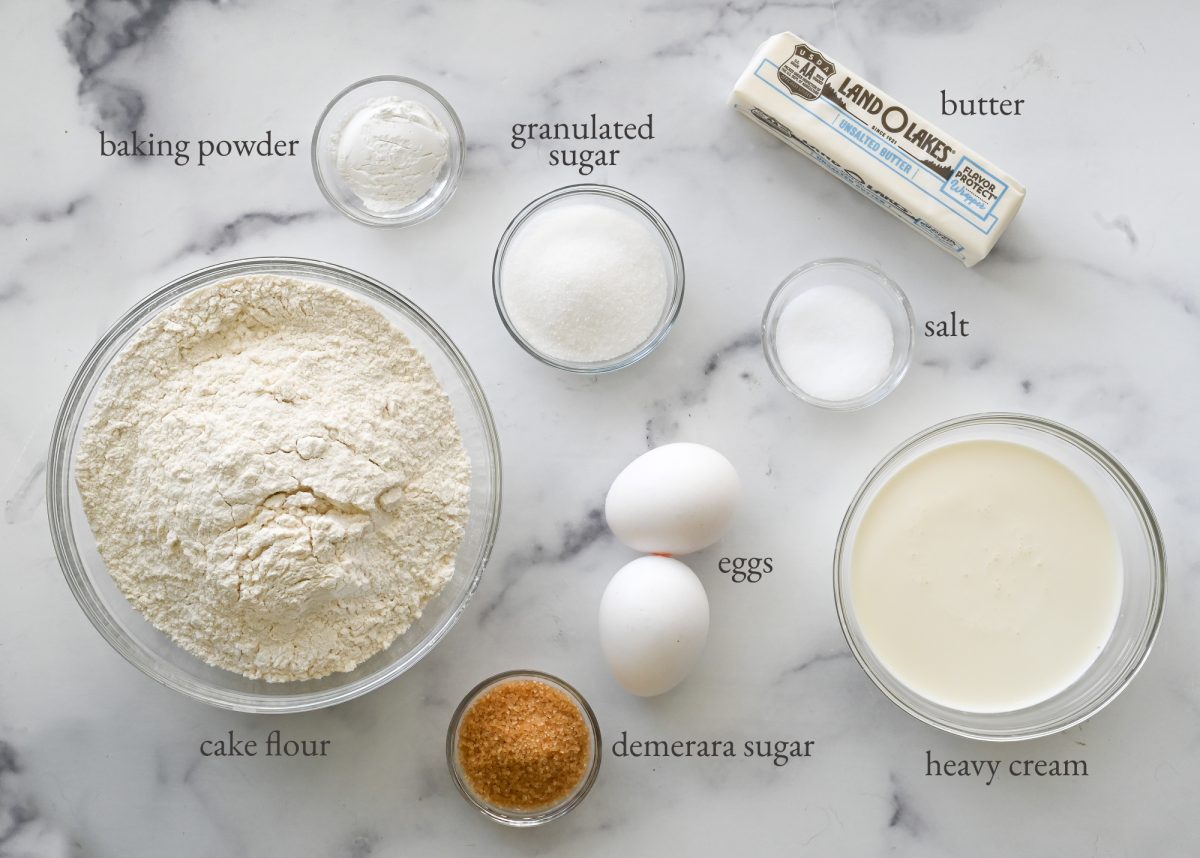
- Cake Flour: The base of the scones. Cake flour provides a softer, more delicate texture than all-purpose flour. Don’t have cake flour on hand? See the FAQs to see how to make your own cake flour using all-purpose flour and cornstarch.
- Baking Powder: Acts as a leavening agent, helping the scones rise and become light and fluffy.
- Sugar: Adds sweetness and enhances the flavor of the scones.
- Butter: Adds richness, flavor, and a tender crumb to the scones.
- Eggs: Provides structure to the dough and helps bind the ingredients together. Egg brushed on top of the dough gives the finished scones a beautiful golden color.
- Heavy Cream: Adds moisture, richness, and a creamy texture to the scones. Do not substitute light cream or milk.
- Demerara Sugar: (Also called raw or turbinado sugar) Adds a crunchy texture and caramelized sweetness to the scone tops, providing a delightful contrast to the tender interior.
- Jump to the printable recipe for precise measurements
Step-By-Step Instructions
Preheat the oven to 425°F and set an oven rack in the middle position. Line a baking sheet with parchment paper. In a large bowl, whisk together 2 cups cake flour, 2½ teaspoons baking powder, 2½ tablespoons granulated sugar, and a scant ¾ teaspoon salt.
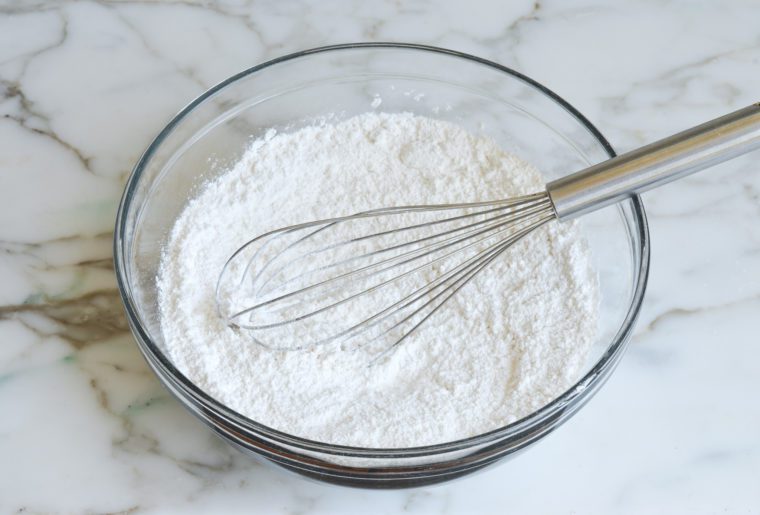
Add the cold butter, and cut into small pieces.
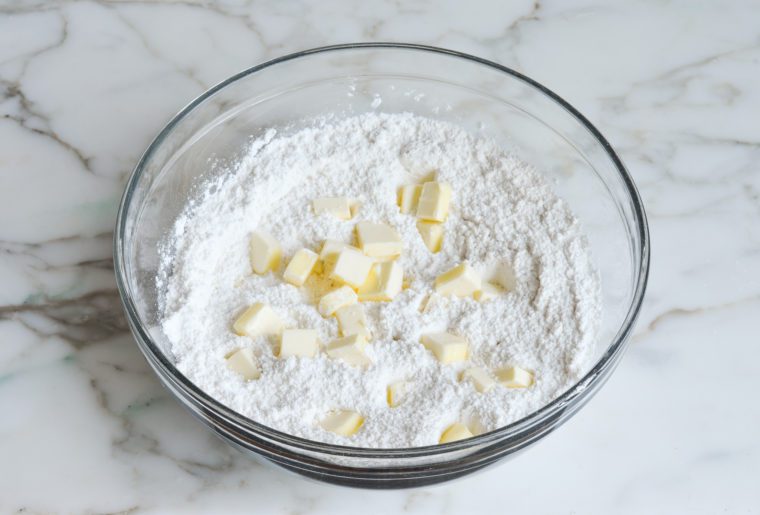
Use your fingertips to rub the butter into the dry ingredients until the mixture resembles coarse crumbs with pea-size clumps of butter within.
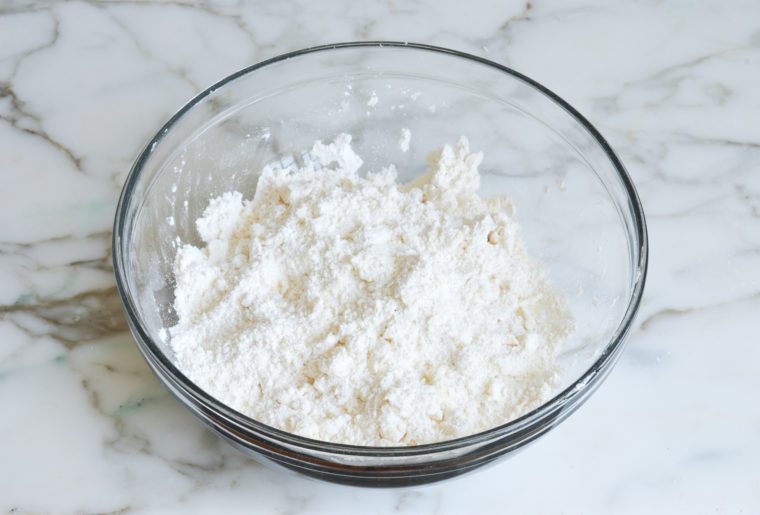
In a small bowl or liquid measuring cup, whisk together ⅔ cup heavy cream and 1 egg.
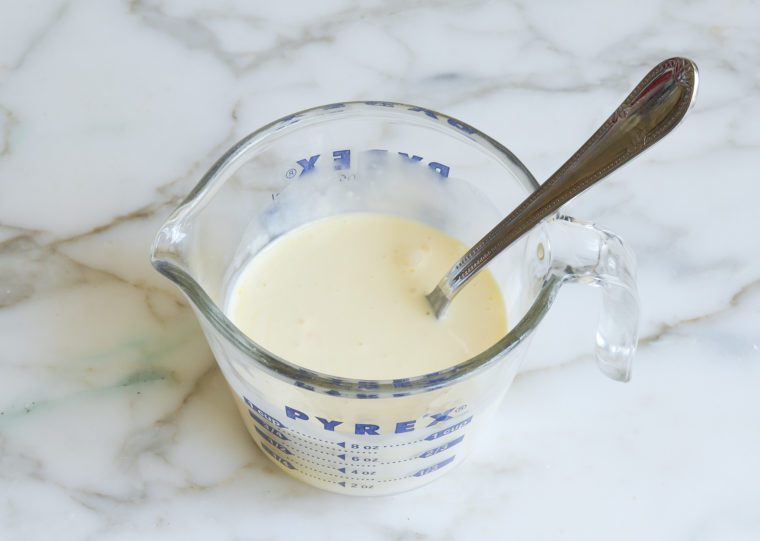
Make a well in center of dry ingredients, then pour the cream/egg mixture in.
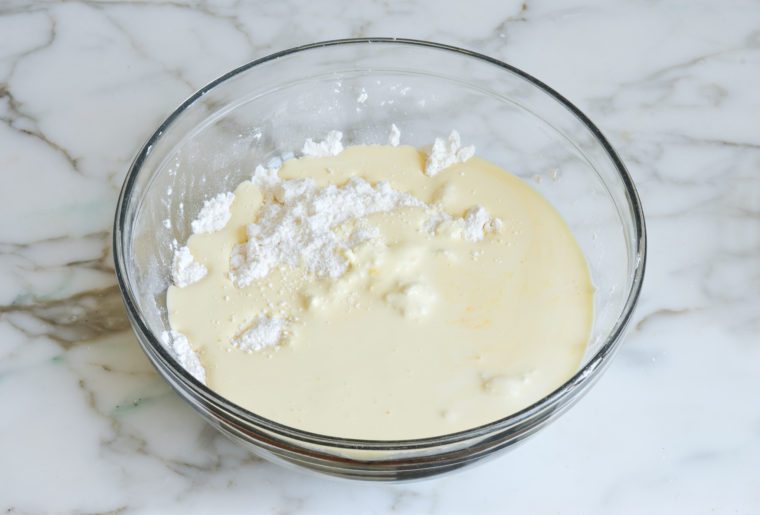
Use a rubber spatula to mix until the dough comes together into a mass. It should be a bit sticky but not so wet that you can’t handle it with your hands. If it seems dry, add the remaining 2 tablespoons of cream.
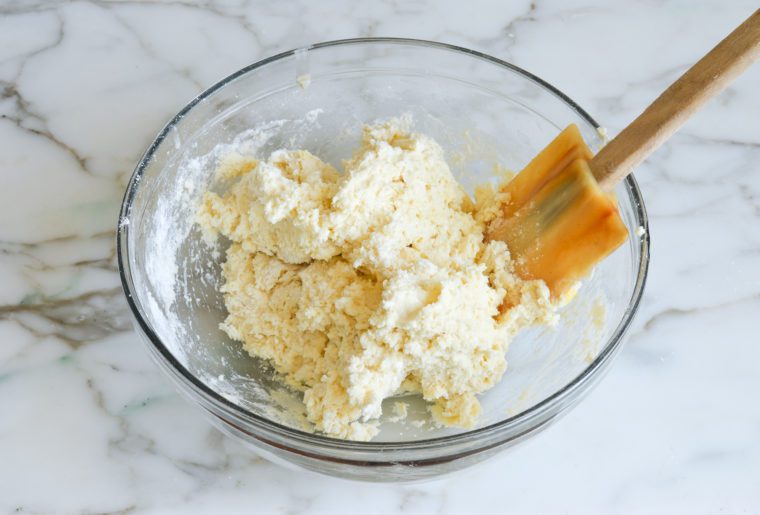
Dust a work surface lightly with flour, then dump the scone dough onto the surface.
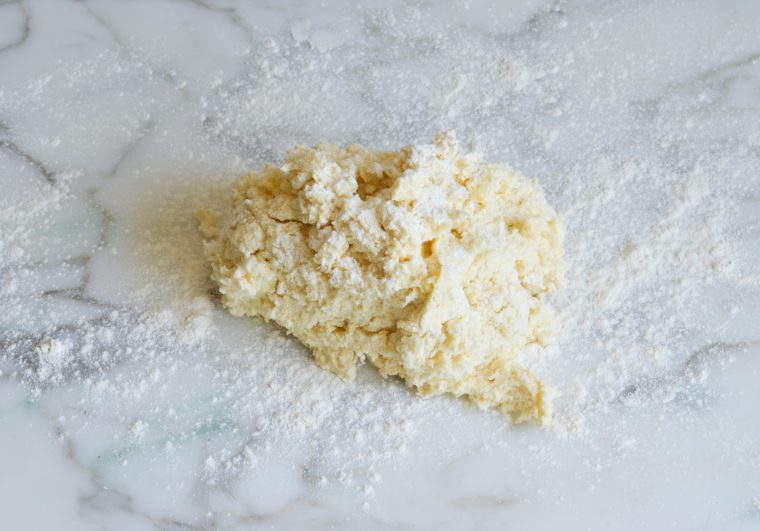
Knead very gently a few times until dough comes together into a ball. (Sprinkle more flour, little by little, if dough is too sticky to work with.) Press dough into a flat circle about 7 inches in diameter and ¾-inch thick.
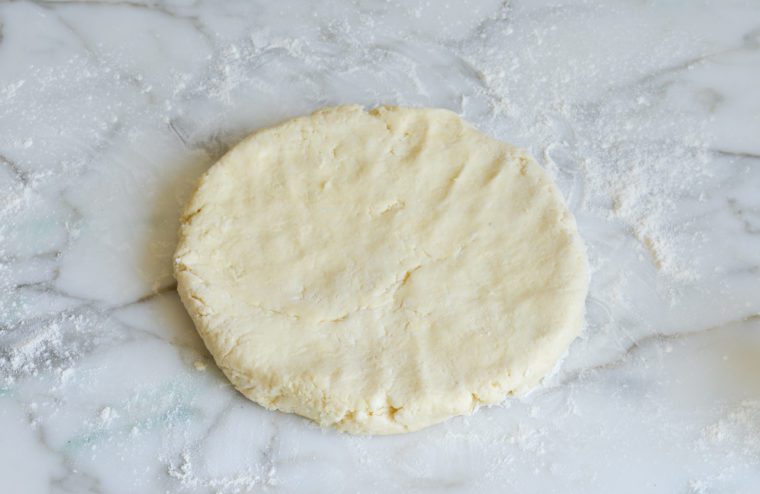
Use a sharp knife to cut into 8 triangles.
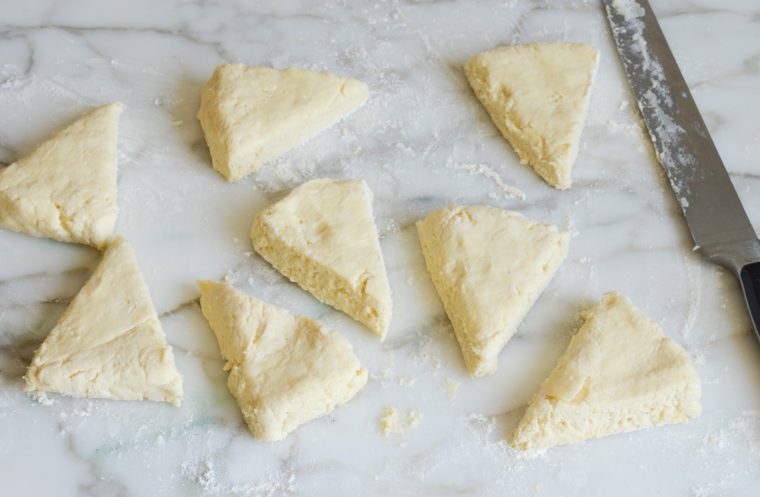
Transfer the wedges to the prepared baking sheet. Brush lightly with a beaten egg and sprinkle with about 1 tablespoon demerara sugar.
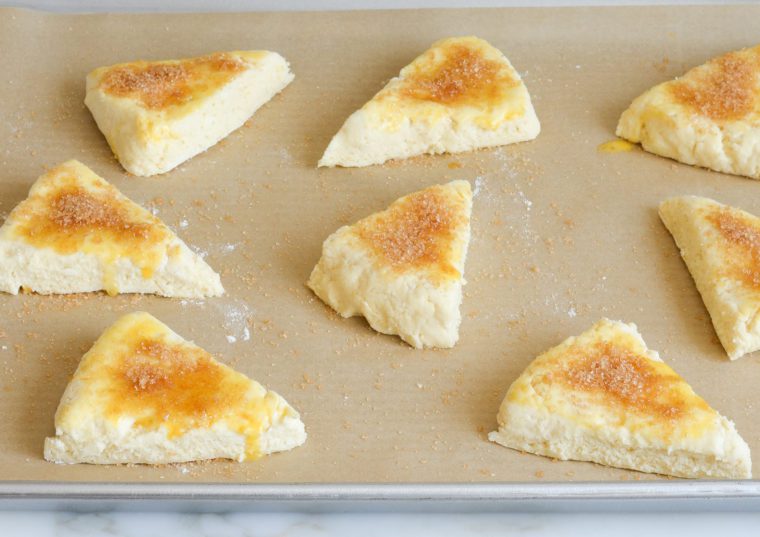
Bake for 10 to 12 minutes, until the tops are lightly golden and firm to the touch.
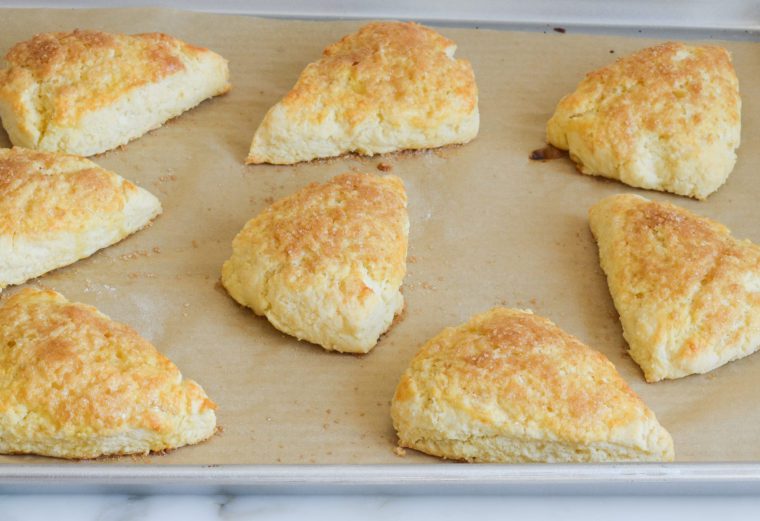
Serve warm from the oven.
Frequently Asked Questions
Cake flour is finer and lower in protein, which makes lighter and fluffier scones. If you don’t have any on hand, a simple blend of all-purpose flour and a bit of cornstarch makes a great substitute. Simply whisk together 1¾ cups all-purpose flour and ¼ cup cornstarch. This easy swap will take your scones from just okay to fantastic, giving them that perfectly tender, fluffy, ultra-buttery crumb. If you’d like some other options for using up cake flour, take your pick from cherry cornmeal upside-down cake to yellow cake with chocolate buttercream frosting to Boston cream pie.
Definitely! To freeze them before baking, place the raw scones on a baking sheet, let set in the freezer, then place in an airtight container and freeze for up to 3 months. Bake as needed directly from the freezer. (Wait until you’re ready to bake the scones to brush on the egg wash, and allow 1 to 2 minutes longer in the oven.) To freeze after baking, let the scones cool completely and store in an airtight container for up to 3 months. Before serving, remove the scones from the container and let them come to room temperature. (If you have the option to freeze the scones before or after baking them, you will get the best results if you freeze before baking.)
Demerara (also called raw or turbinado) sugar is a type of cane sugar with large, crunchy crystals and a slightly amber color. It has a natural caramel-like flavor and is often used to add texture and sweetness to the tops or exterior of baked goods like pecan shortbread cookies and butterscotch pecan scones. If you don’t have it on hand, you can substitute light or dark brown sugar, or simply omit it.

Video Tutorial
You May Also Like
Scones
Say goodbye to dry, crumbly scones—a secret ingredient makes these light, tender and buttery!
Ingredients
For The Dough
- 2 cups cake flour, spooned into measuring cup and leveled off (see note on substitution)
- 2½ teaspoons baking powder
- 2½ tablespoons sugar
- Scant ¾ teaspoon salt
- 1 stick (½ cup) cold unsalted butter, cut into ½-inch pieces
- 1 large egg
- ⅔ cup heavy cream (do not substitute milk or light cream), plus more if needed
For The Topping
- 1 large egg, beaten
- 1 tablespoon demerara sugar (also called raw sugar or turbinado; optional)
Instructions
- Preheat the oven to 425°F and set an oven rack in the middle position. Line a baking sheet with parchment paper.
- In a large bowl, whisk together the flour, salt, baking powder and granulated sugar. Add the pieces of cold butter. Using your fingertips, rub the butter into the dry ingredients until the mixture resembles coarse crumbs with pea-size clumps of butter within.
- In a small bowl or liquid measuring cup, whisk together the heavy cream and the egg. Make a well in center of dry ingredients, then pour the cream/egg mixture in. Using a rubber spatula, mix until the dough comes together into a mass. It should be a bit sticky but not so wet that you can't handle it with your hands. If it seems dry, add 1 to 2 tablespoons more cream.
- Dust a work surface lightly with flour, then dump the scone dough onto the surface; dust the dough with a bit of flour as well. Knead very gently a few times until the dough comes together into a ball. (Sprinkle more flour, little by little, if dough is too sticky to work with.) Press the dough into a flat circle about 7 inches in diameter and ¾-inch thick, then use a sharp knife to cut into 8 even triangles. Transfer the wedges to the prepared baking sheet. Brush lightly with the beaten egg and sprinkle with the demerara sugar, if using. Bake for 11 to 13 minutes, until the tops are lightly golden and firm to the touch. Serve warm from the oven.
- Note: If you don't have cake flour, you can make your own: simply whisk together 1¾ cups all-purpose flour and ¼ cup cornstarch.
- Freezer-Friendly Instructions: To freeze before baking, place the raw scones on a baking sheet, let set in the freezer, then place in an airtight container and freeze for up to 3 months. Bake as needed directly from the freezer. (Allow 1 to 2 minutes longer in the oven.) To freeze after baking, let the scones cool completely and store in an airtight container for up to 3 months. Before serving, remove the scones from the container and let them come to room temperature. (If you have the option to freeze the scones before or after baking them, you will get the best results if you freeze before baking.)
Nutrition Information
Powered by ![]()
- Per serving (8 servings)
- Serving size: 1 scone
- Calories: 322
- Fat: 20 g
- Saturated fat: 12 g
- Carbohydrates: 33 g
- Sugar: 6 g
- Fiber: 1 g
- Protein: 4 g
- Sodium: 188 mg
- Cholesterol: 76 mg
This website is written and produced for informational purposes only. I am not a certified nutritionist and the nutritional data on this site has not been evaluated or approved by a nutritionist or the Food and Drug Administration. Nutritional information is offered as a courtesy and should not be construed as a guarantee. The data is calculated through an online nutritional calculator, Edamam.com. Although I do my best to provide accurate nutritional information, these figures should be considered estimates only. Varying factors such as product types or brands purchased, natural fluctuations in fresh produce, and the way ingredients are processed change the effective nutritional information in any given recipe. Furthermore, different online calculators provide different results depending on their own nutrition fact sources and algorithms. To obtain the most accurate nutritional information in a given recipe, you should calculate the nutritional information with the actual ingredients used in your recipe, using your preferred nutrition calculator.

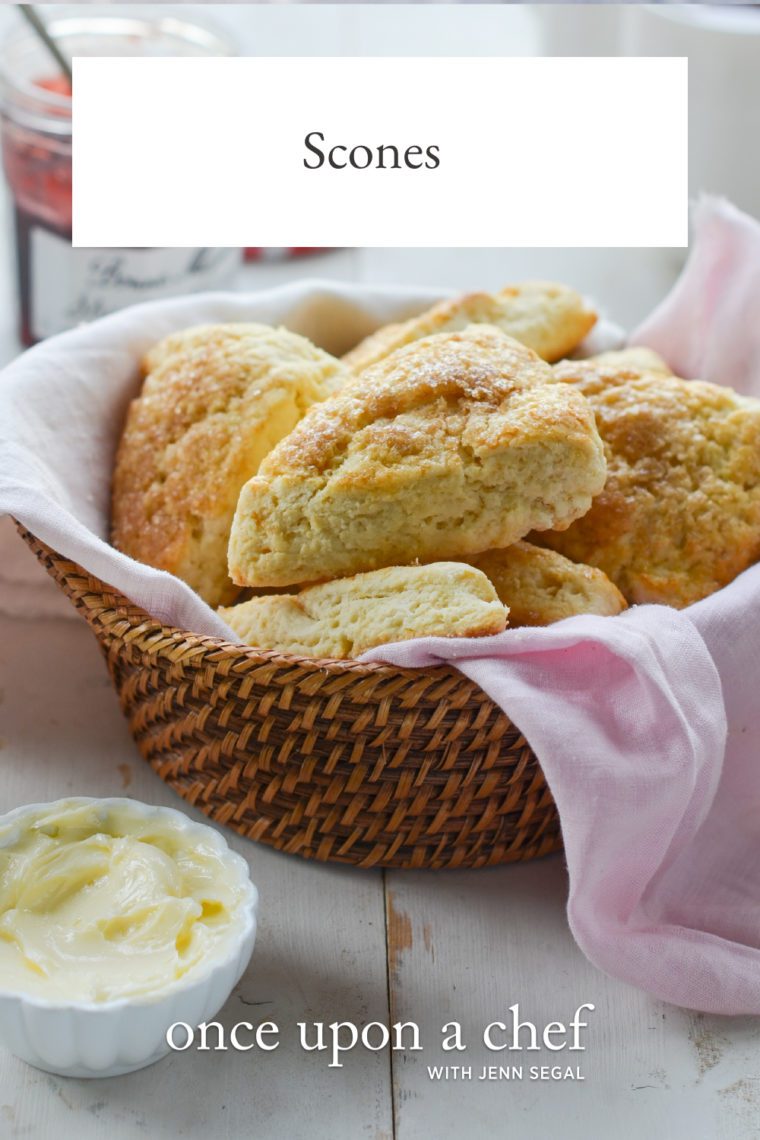
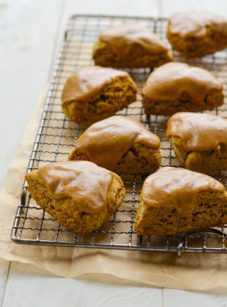
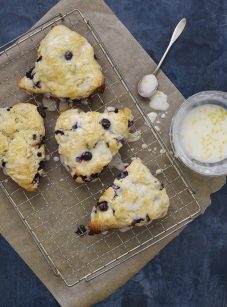
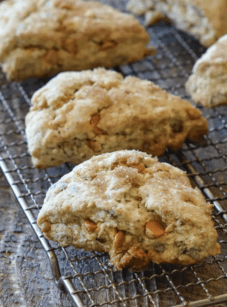
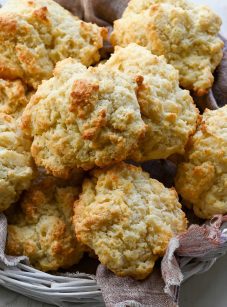
This is a great and easy recipe that is hard to mess up even when working with my little daughters that can care less about instructions. You are going to make “Vie de France” lose a regular 🙂
Anyway, I have been a big fan of your recipes and website for a long time. Nearly tried all the recipes on the website and they never failed. Got several copies of the book when it came out to gift just because I felt you deserved so much more for what you do. As lazy as I am in writing reviews, I thought I write this one to say THANK YOU !!!
Book signing in the Village sometime ? 🙂
Have a great holiday season with your family and many THANKS for your passion and dedication!
❤️
Your instructions say to roll 3/4 inches high. WhAt is the diameter of the circle? Thanks, Nonna Gates
Hi Nonna, I haven’t made this in a long time, so I’m guesstimating, but I’d say about 8 inches. Just eyeball it to make sure the dough is about 3/4 of an inch high. Hope that helps (at least a bit)!
These are delicious and come together quickly with a food processor. I’ve made variations with cinnamon chips, orange zest and cranberries, cranberries and white chocolate chips, etc. If you have a double oven where the top oven is smaller, I’d recommend just using the big oven; the smaller oven with heating elements so close to the cookie sheet cook these delicate scones a bit too much on the bottom. I pre-ordered your cookbook last week, Jen–can’t wait!
So glad you enjoyed them, Sue – and love all your variations! Thank you for your support with the book. I hope you enjoy it – and btw, there’s a wonderful blueberry-lemon scone recipe in there. 😊
My all-time favorite scone recipe
Can l use whipped cream that is thawed out in place of cream for the scones? All your recipes are 5 stars.
Sorry Violet, I don’t think that would work here– I’d stick with the heavy cream.
Hi Jenn! You know how you can make “homemade” cake flour by substituting some cornstarch…. will arrowroot powder work the same? In all of my research I can see how you can use arrowroot to thicken sauces, gravy etc. but NOTHING about how to bake with it…other than fruit pies where the natural juices need to thicken. Curious what info you can share…unfortunately the kitchen I bake for won’t order me cake flour yet so I have to make do with the homemade version.
I made a test batch of your scone recipe using “cornstarch cake flour” and after cutting I froze them. Going to bake off on the am and see how they turn out! Wish me luck!
Hi Andrea, I wish I could help, but I don’t know anything about using arrowroot powder to make cake flour– I’m sorry!
I have been looking for a scone recipe just like this one. All of the other scone recipes I have tried in the past have been so heavy. This one is perfect and came out exactly like I was looking for. I added cranberries and grated orange peel into because I love the flavor of orange and cranberries. This is my forever scone recipe. Going for blueberry and lemon on my next batch.(Probably this weekend! Can’t get enough!)
Jenn, great tip…I make scones all the time, cut and freeze them , unbaked, 2 to a package. To bake frozen scones, heat oven to 375 and bake frozen scones for 20-25 minutes. Can brush with some cream and sprinkle with sugar prior to baking, but not necessary. So good and so easy. Tip courtesy of Martha Stewart. Second tip, do all your mixing with your hands for a very tender scone. I wear latex gloves which makes the mixing easy.
Greetings from Australia :),,
I just finished making this scones they look and taste very yummy just as you describe it!
Tried several of your recipes and follow them as instructed and turns out happy bellies all around me 🙂
Thank you so much for putting on REAL recipes and testing them for all of us beginners. May God bless you and Family 🙂
Liz.
I used 1 Tablespoon of baking soda, as your recipe calls for, against my better judgment. My entire family thought these had a weird after taste, and no one would eat the rest (I made two batches in succession). I knew immediately it was because there was too much baking soda. I cut that down to 1 teaspoon and the bad after taste was gone.
John, it’s 1 tablespoon of baking powder, not baking soda.